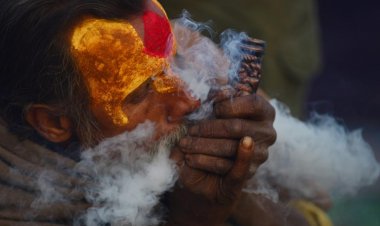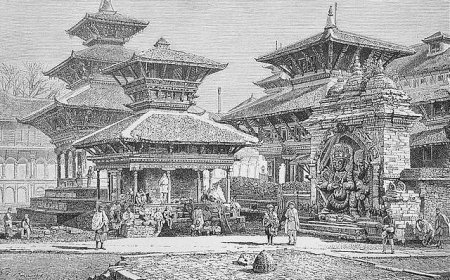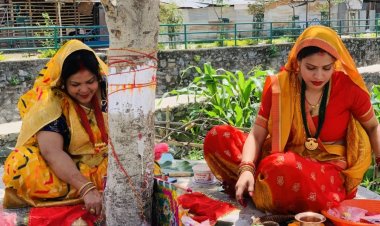Tihar Festival: A Glowing Celebration of Culture
Dive into Nepal's Tihar Festival, a luminous showcase of diverse traditions and festive lights. From crow rituals to Bhai Tika, savor the brilliance of this cultural celebration.
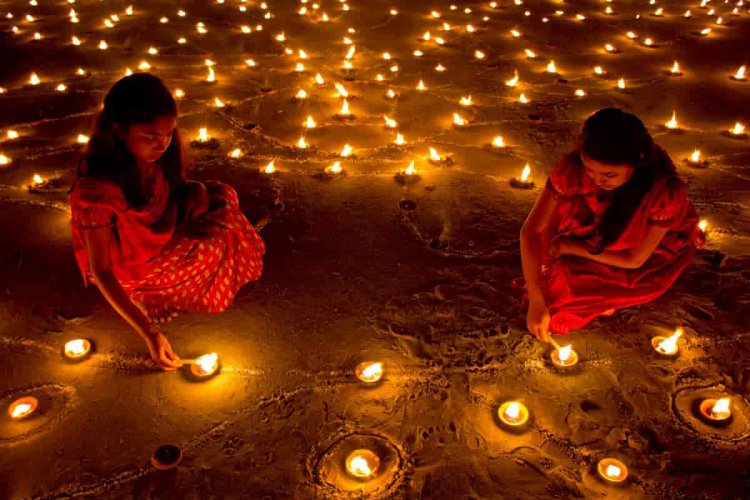
Nepal is the only country in the world that has a large number of cultures, languages, traditions, and religions. That’s why Nepal is known as a multi-cultural, multi-religious, and multi-ethnic country. Nepal is also known as the "Garden of Different Flowers". Many ethnic groups like Newar, Brahmin, Chhetri, Rai, Magar, Gurung, Limbu and many more live here. Each group has its specific language, culture, and traditions. People observe various festivals and practices according to their religion and community. Nepal has many festivals, each having its own specific beliefs and identity. And one of the major festivals in Nepal is Tihar, also known as Deepawali. Tihar is regarded as the second major festival in Nepal after Dashain. Not only in Nepal, but Tihar is also celebrated in Indian states. Tihar is also known as the Festival of Lights. Tihar is celebrated in the month of Kartik (October to November). Tihar comes at the end of the autumn season; the autumn season is the season of harvest. Thus, the festival is observed in the season when people can spend. The festival continues for five days. That’s why it is also known as Panchak.
The first day of Tihar is the day when people worship crows, "the messengers of death". On the second day, people honor dogs as "the guardians of the god of death". The crow and dogs are regarded as the envoys of Yama, "the god of death". The third day is to worship cows as well as Laxmi, the goddess of wealth and luck. The fourth day is for the draught animal, oxen, while the Newari community also performs Mha Puja dedicated to themselves. And the last day is the most important day for brother and sister, and the day is known as "Bhai Tika", where sisters put tika on their brothers’ foreheads and give blessings.
Day 1: Kaag Tihar (Crow Festival)
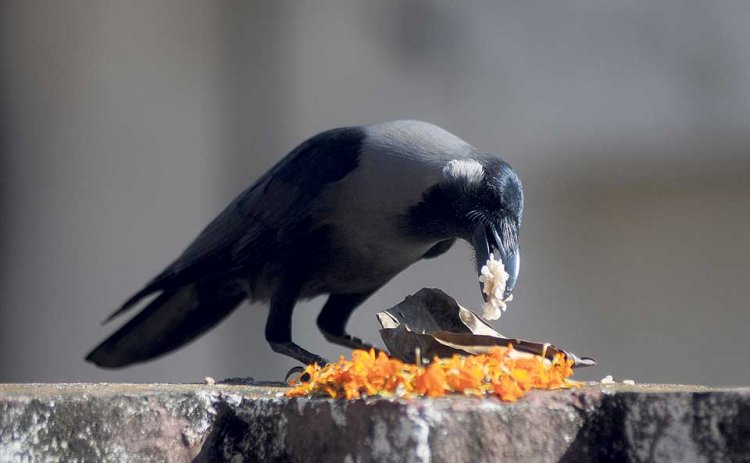
The first day of the Tihar festival is called Kaag Tihar (crow day). The crow is worshipped on this day. People consider the crow as the "messenger of death". People cannot worship the crow because it is a cunning bird and no one can catch it. So, people leave some food for the crows at a certain place. The crow comes and eats the food. It is believed that if you don’t make crows happy, they will bring some bad news, and bad things will happen in the coming year.
Day 2: Kukur Tihar (Dog Festival)
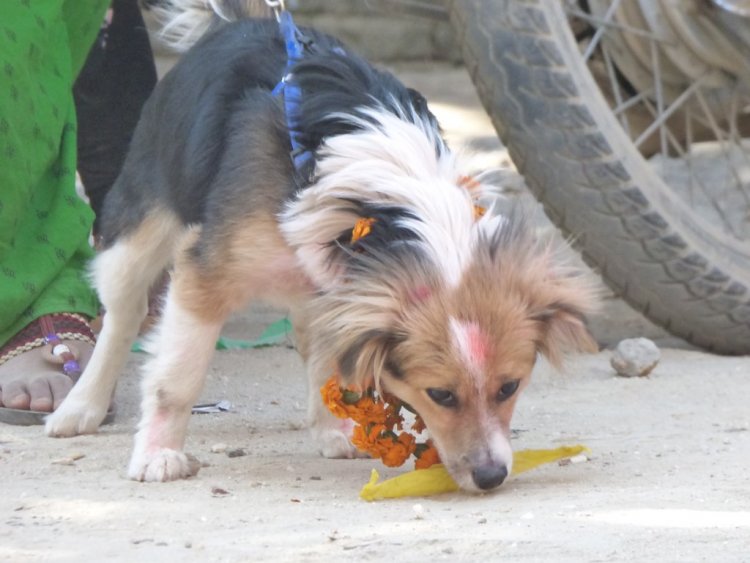
The second day of the festival is Kukur Tihar (Dog Day). The dog is worshipped on this day. Some people worship their own dogs and those who don’t have their own worship street dogs. People put a tika on the dog's forehead and a garland around the dog's neck and feed the dog. On this day, Nepalese present beautiful garlands to the patrol dog and paint their foreheads in red cinnabar to thank the dogs for their contributions to social security. Kukur Tihar is also known as "Chicha Puja", and is celebrated by the Newar community.
Day 3: Laxmi Puja (Honouring the goddess of wealth)
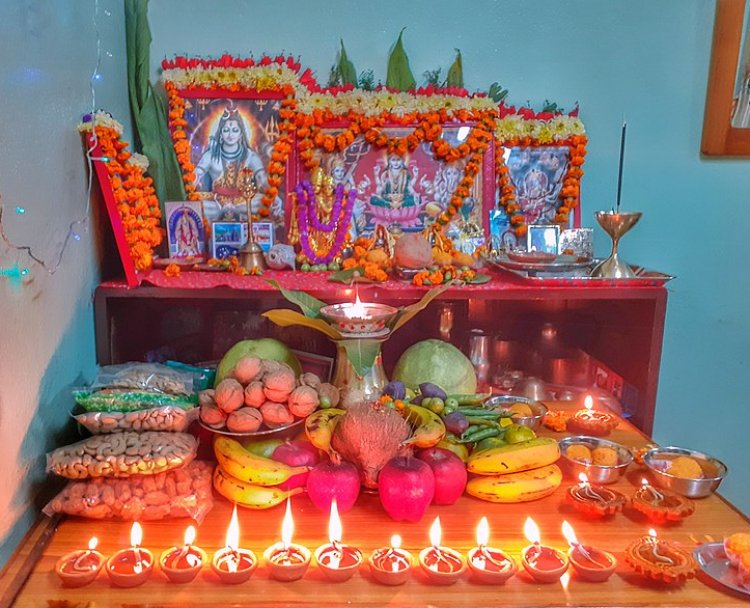
The third day of Tihar is called Laxmi Puja. On this day, the goddess Laxmi is worshipped. Laxmi is the goddess of fortune. In the morning, people worship the cow. The cow is regarded as the incarnation of the goddess Laxmi. While worshipping the goddess Laxmi, people pray to be blessed by Laxmi with wealth. People keep their houses and surroundings clean because it is believed that Laxmi does not enter an unclean house. Many women keep fast on this day and make 'Selroti' offers to the goddess. At night, numerous candles and festive lanterns will be lit up for the Goddess of Laxmi, and people will keep the lights burning for the whole night. Almost all the houses, buildings, and temples are graced by these rows of lights. In the evening, girls go around the neighborhood, singing, and dancing in a tradition called "Bhailo". In exchange for the entertainment they provide, they are given small amounts of money and food.
Day 4: Gobardhan Puja
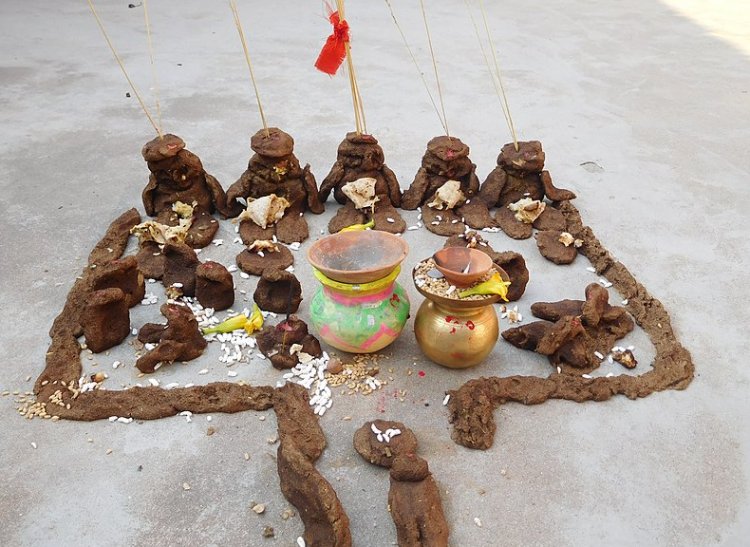
The fourth day of the festival is known as Gobardhan Puja. The ox is worshipped on this day. This festival is also known as Mha Puja among the Newari community, where people worship themselves for good health and prosperity. This day is also the new year of Nepal Sambat. At night, a group of boys goes around the neighborhood to play Deusi. They go around the community, sharing the money they have received from their neighbors and dividing the fund among themselves.
Day 5: Bhai Tika (Brother's Festival)
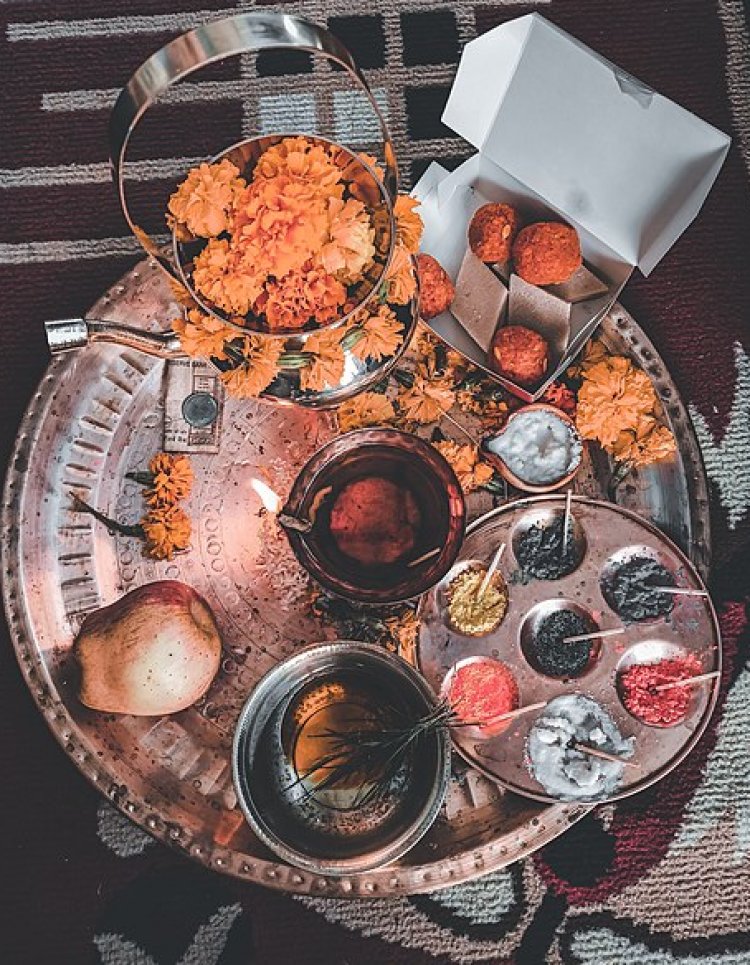
The fifth and last day of Tihar is Bhai Tika (Brother's Day). On this day, sisters worship their brothers and give them presents, especially sweets and fruits, generally called "Bhai Masala". Sisters put "Tika" on their brothers' foreheads and garland them with flowers of "Sayapatri" and "Makhmali". This ritual is done to wish for the long life and protection of the brothers. On this day, sisters create a protective barrier of holy water and blessed oil around their brothers. Brothers also put 'Tika' on their sisters' foreheads and give money and gifts in return for the respect bestowed upon them. Flowers, fruits, and sweets are in great demand on this occasion.
What's Your Reaction?


























































































